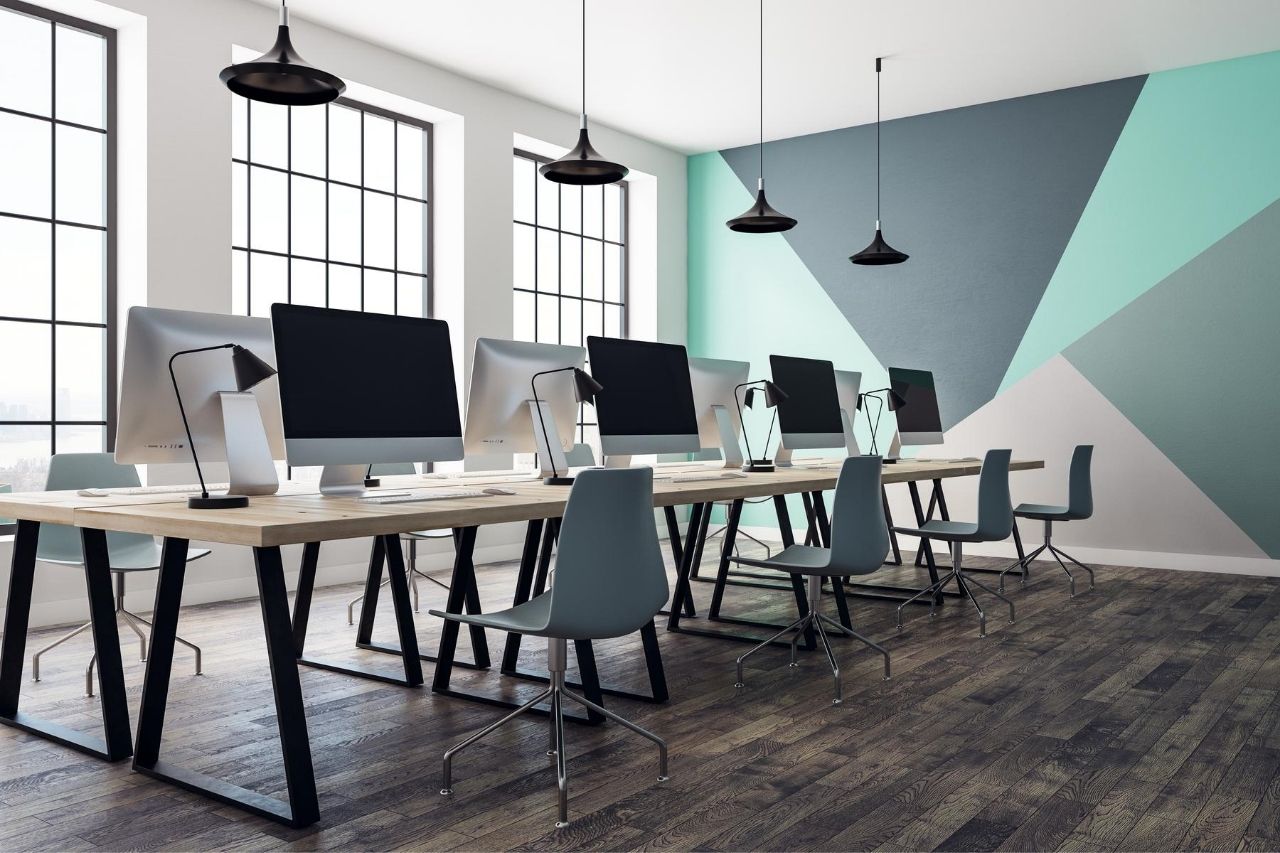WHAT IS AZURE STORAGE EXPLORER AND HOW TO USE IT?
Azure Storage Explorer is a free Microsoft utility that runs on Windows, Mac, and Linux and provides a graphical environment for browsing and performing activities on Azure Storage accounts. Unlike most other Azure storage explorer tools, the tool first authenticates with Azure using an account, then displays the subscriptions to which that account has access, […]






